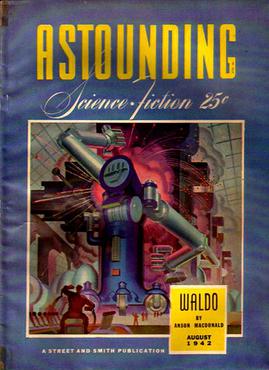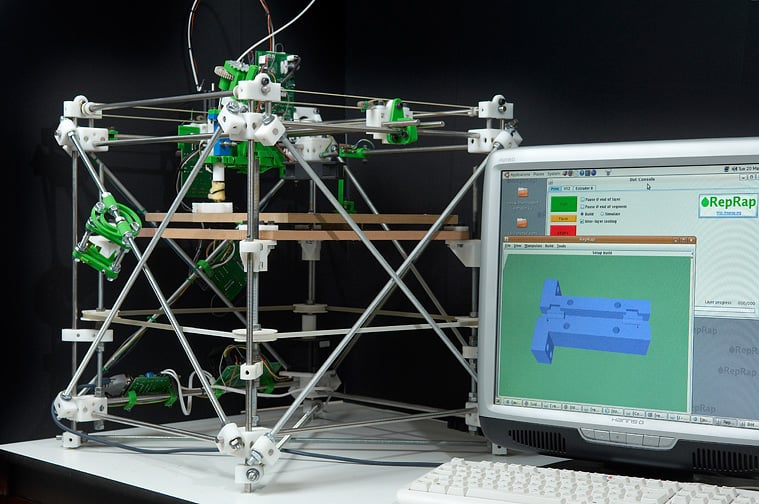Where to Start? In the last post we suggested that finding the appropriate starting point was one of the critical items to address in forming a Feynman Path roadmap, and that is true. A thorough survey of available techniques should be made, and recent advances in machining, nanomanipulation, and so forth taken advantage of. However,… Continue reading Feynman’s Path to Nanotech (part 8)
Feynman’s Path to Nanotech (part 8)



